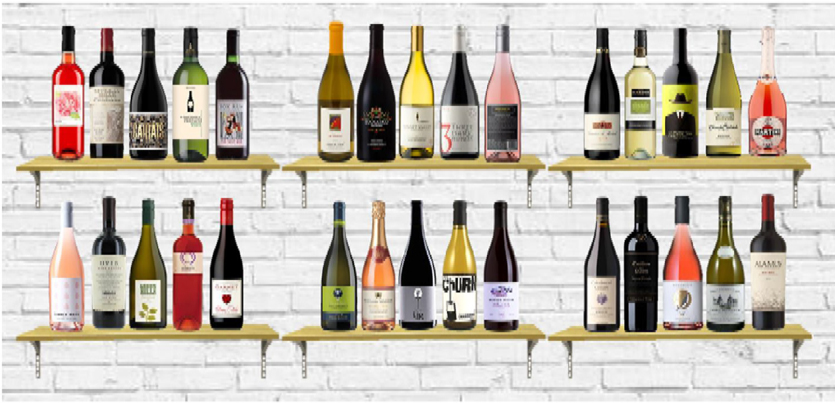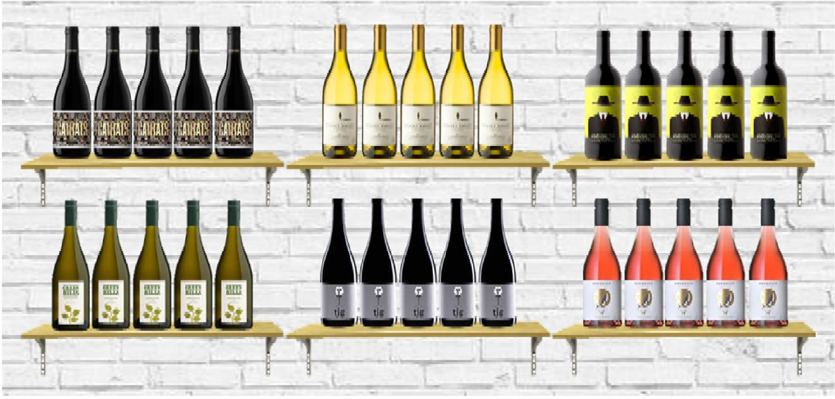Why Chaotic Shelves Make Your Customers Run Away
Relevant topics Archive, Strategy
Going to a liquor store or standing in front of a shelf in the supermarket might sometimes be a little overwhelming. All products are screaming for your attention and it might be hard to pick the right product from the different designs and product sizes.
Marketeers are trying to persuade you as a customer to buy their products by creating attractive and appealing packages. Although package attractiveness is an important aspect of consumer evaluations, recent research has shown that this is not the only important aspect of decision-making. The perceived size of a product also plays a crucial role in the decision process, especially when consumers face a product assortment containing many different sizes.
How does it work?
Imagine that you are going to buy a product. You are probably scanning the shelves for the product that you are looking for. By doing this, a lot of different visual cues are coming your way, affecting your perception of both the products and the product environment.
In chaotic surroundings, like when the shelf is too overwhelming, your attention will be drawn away from the focal products. This negatively influences the ease of processing information, leading to more negative reactions concerning your perception of attractiveness and pleasure related to the products. And this is not the only effect. Since your attention weakens and your processing fluency is getting worse, you will be less likely to proceed to purchase, cannibalizing revenue.
Let’s test
Does this neuromarketing principle sound complex? Let’s try to make it more tangible. Take a look at the picture below. Also having trouble paying attention to the bottles? You’re definitely not the only one.

When comparing the chaotic picture of wines to the picture below, you will probably feel more comfortable making a decision while looking at the sorted bottles of wines. A clean environment does not only keep your attention towards the products but also prevents you from shifting your attention to competitor products.

Products appearing smaller
This research not only showed that product-focused attention is higher in orderly situations but also demonstrates another negative side-effect of overwhelming situations.
When our attention is pulled away in chaotic situations, the product appears to be smaller. We use different aspects of our surroundings to make size judgements. But if our attention weakens, it is harder to make those judgements, affecting the perceived size of products. And in our desire for large products, this could potentially be harmful to sales. Who doesn’t want as much value for their money as possible? “Large” products boost value perception, which in turn leads to a higher purchase intention. A win-win situation for both customer and seller.
Take home points:
- Make sure attention is not drifting away: Create advertisements or product displays that are orderly.
- When a large number of perceived products is key, downsize the visual complexity of the surroundings.

